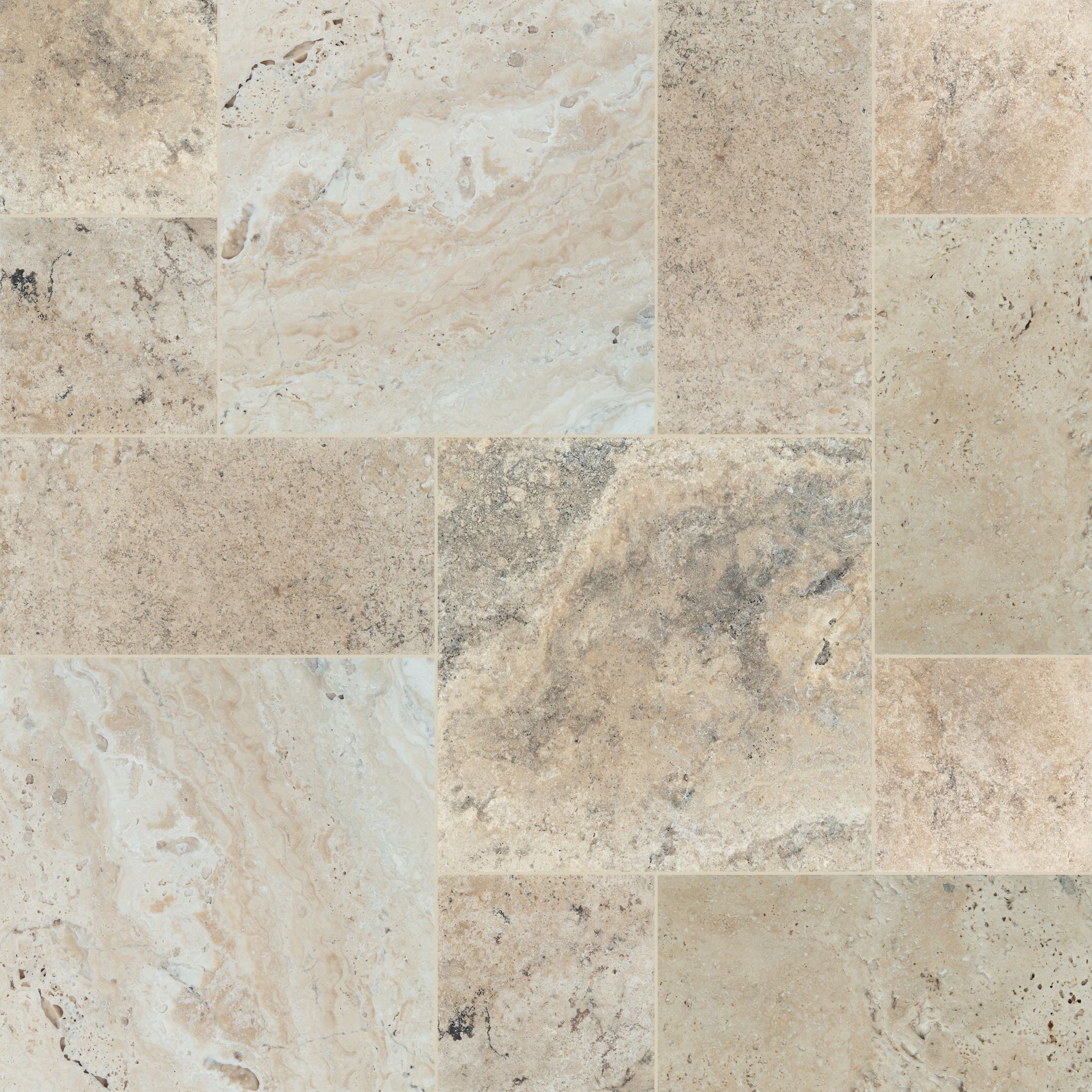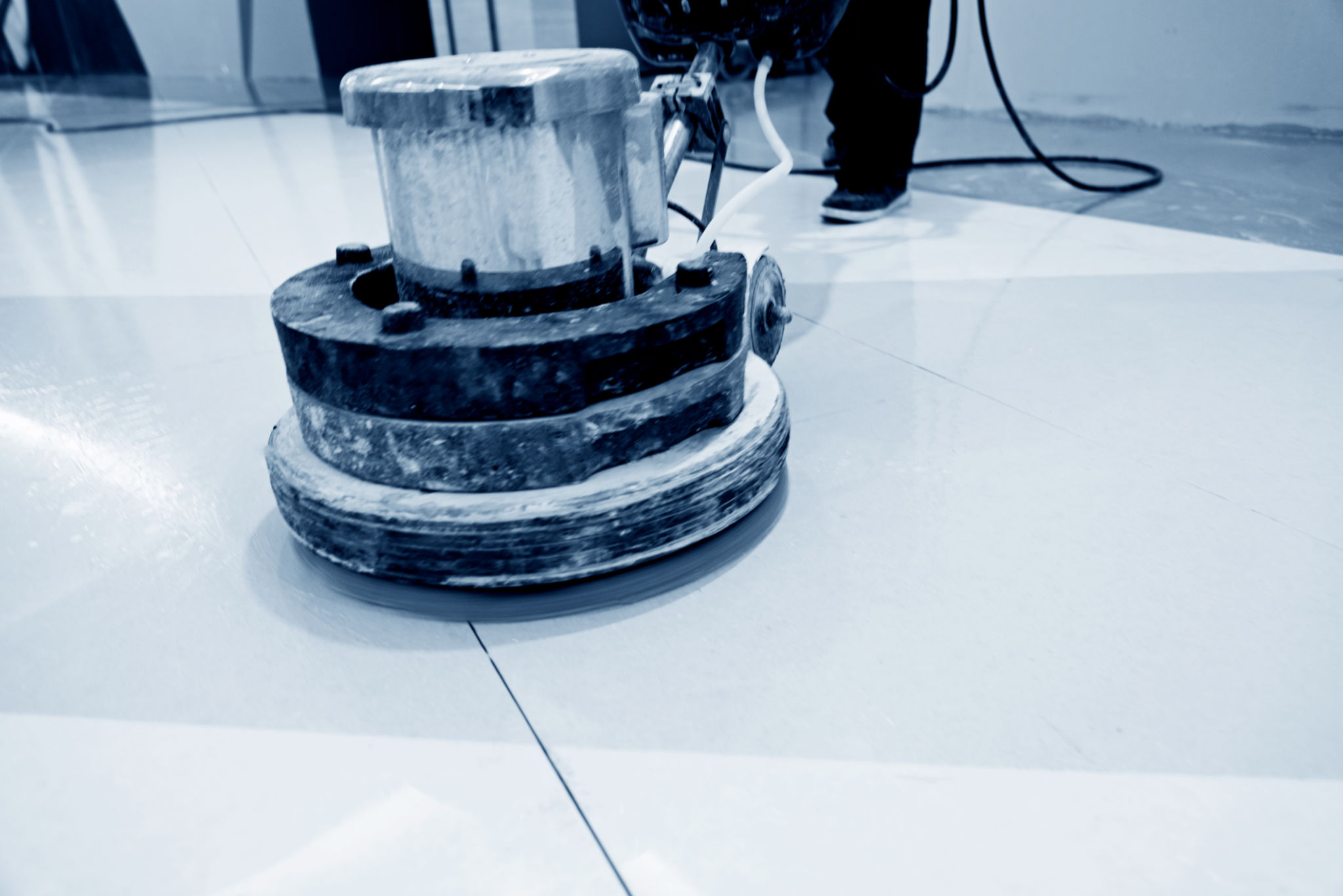Limestone Floor Polishing: Everything You Need to Know
SP
Understanding Limestone Flooring
Limestone flooring is renowned for its timeless beauty and durability. Often chosen for its natural elegance, limestone is a sedimentary rock formed from mineral calcite. Its unique texture and color variations make it a popular choice for both classic and contemporary interiors. However, to maintain its lustrous appearance, proper care and maintenance are essential.

The Importance of Polishing Limestone Floors
Over time, limestone floors can lose their shine due to foot traffic, spills, and general wear and tear. Polishing is a crucial part of maintaining the floor's aesthetic appeal and structural integrity. Regular polishing not only restores its natural shine but also helps in protecting the surface from stains and scratches.
Steps to Polish Limestone Floors
Polishing limestone floors involves several key steps. Here’s a simplified guide:
- Cleaning: Begin by thoroughly cleaning the floor with a pH-neutral cleaner to remove dust and debris.
- Grinding: Use a diamond grinding machine to smooth out the surface and remove any imperfections.
- Honing: This step involves using finer diamond pads to refine the surface, preparing it for polishing.
- Polishing: Apply a specialized limestone polish to achieve a smooth, glossy finish.
- Sealing: Finally, apply a sealant to protect the floor from future damage and maintain its shine.
Choosing the Right Products
Selecting the right products is essential for effective limestone floor polishing. Opt for products specifically designed for limestone or natural stone. Avoid acidic or abrasive cleaners as they can damage the stone. When choosing a sealant, consider factors like the floor's location and exposure to moisture.
DIY vs. Professional Limestone Polishing
While DIY polishing can be cost-effective, it requires the right tools and techniques to avoid causing damage to your flooring. If you're unsure about the process or lack the necessary equipment, hiring a professional can be a wise investment. Professionals have the expertise and tools to ensure your limestone floors are polished to perfection.

Maintaining Your Limestone Floors
After polishing, maintaining your limestone floors is crucial to prolong their lifespan. Implementing a regular cleaning routine using gentle products will help preserve their polished look. Consider placing mats at entrances to minimize dirt and grit from being tracked onto the floors.
Common Mistakes to Avoid
When polishing limestone floors, there are some common mistakes that homeowners should avoid:
- Using vinegar or lemon-based cleaners, which can erode the stone.
- Skipping the sealing process, leaving the floor vulnerable to stains.
- Applying excessive pressure during grinding or honing, which can cause scratches.
The Benefits of Limestone Floor Polishing
Regular polishing offers numerous benefits beyond aesthetics. It enhances the durability of your floors by reducing wear over time. A well-polished surface can also improve indoor air quality by minimizing dust accumulation. Furthermore, polished limestone can increase your property's value by elevating its overall appearance.

Conclusion
Limestone floor polishing is an essential maintenance task that ensures your flooring continues to look its best while providing long-lasting performance. Whether you choose to polish your floors yourself or enlist professional help, understanding the process and using appropriate products will help you achieve optimal results. By investing in regular care, you can enjoy the natural beauty of limestone floors for many years to come.